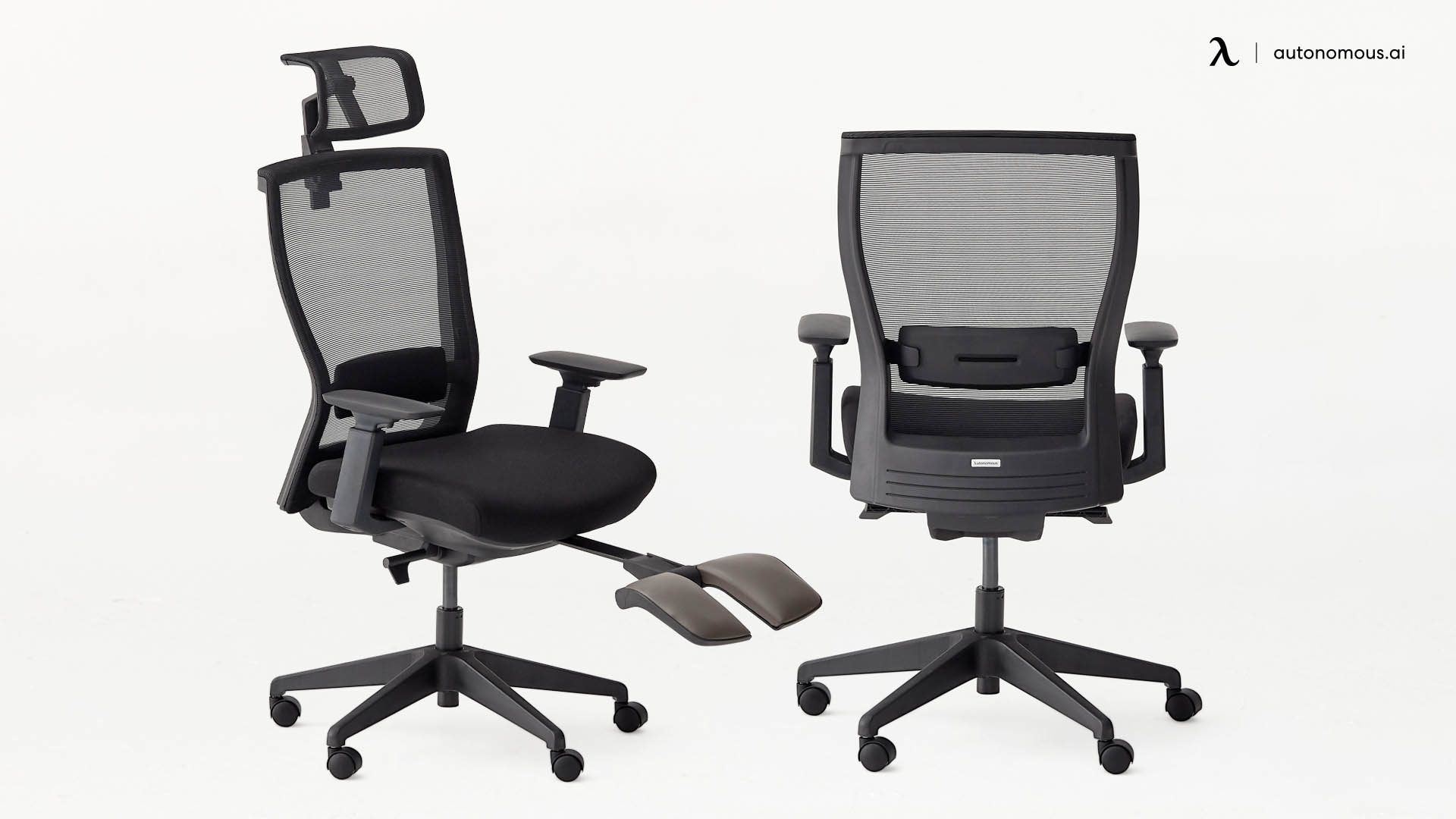Choosing and Maintaining Your Chair: Best Office Chair For Hip Pain

Selecting the right office chair is crucial for individuals experiencing hip pain. The wrong chair can exacerbate existing discomfort, hindering productivity and overall well-being. Careful consideration of several key factors will significantly improve your comfort and support.
Chair Selection for Hip Pain
A systematic approach to chair selection is vital. Begin by assessing your specific needs and preferences, considering factors like height, weight, and the nature of your hip pain. Prioritize chairs offering ample adjustability to accommodate your body’s unique requirements.
- Seat Height and Depth: Ensure your knees are bent at a 90-degree angle when seated, with your feet flat on the floor. The seat depth should allow for a couple of inches of space between the back of your knees and the seat’s edge, preventing pressure on the hamstrings and hips.
- Lumbar Support: A chair with adjustable lumbar support is essential. This feature provides crucial support for the lower back, promoting proper spinal alignment and reducing strain on the hips. The lumbar support should comfortably fit the curve of your lower back.
- Backrest Angle and Height: The backrest should provide adequate support for your entire back, ideally allowing you to sit upright with minimal slouching. The height should extend to support your upper back and shoulders.
- Armrests: Adjustable armrests can help reduce strain on your shoulders and neck, which can indirectly affect hip posture. They should allow your elbows to rest at a 90-degree angle while your shoulders are relaxed.
- Material and Cushioning: Choose a chair with breathable, supportive cushioning. Materials like mesh or high-density foam offer good breathability and long-lasting support, preventing discomfort from prolonged sitting.
- Swivel and Tilt Mechanisms: These features enhance comfort and allow for dynamic seating, promoting better blood circulation and reducing stiffness. The ability to adjust the tilt and swivel can help maintain proper posture throughout the day.
Exercises to Improve Hip Mobility, Best office chair for hip pain
Regular stretching and exercise can significantly improve hip mobility and reduce pain. Incorporating these exercises into your daily routine can contribute to better posture and overall comfort.
- Hip Flexor Stretch: Kneel on one knee, keeping the other leg bent at a 90-degree angle in front of you. Gently push your hips forward until you feel a stretch in the front of your hip. Hold for 30 seconds and repeat on the other side.
- Pigeon Pose: Start on your hands and knees. Bring one knee forward behind your wrist, extending the other leg back. Gently lower your hips towards the floor, feeling the stretch in your hip. Hold for 30 seconds and repeat on the other side.
- Figure Four Stretch: Lie on your back with your knees bent. Cross one ankle over the opposite thigh, just above the knee. Gently pull your thigh towards your chest until you feel a stretch in your hip. Hold for 30 seconds and repeat on the other side.
- Glute Bridge: Lie on your back with your knees bent and feet flat on the floor. Lift your hips off the floor, squeezing your glutes at the top. Slowly lower your hips back down. Repeat 10-15 times.
- Clamshells: Lie on your side with your knees bent and stacked on top of each other. Keeping your feet together, lift your top knee towards the ceiling, engaging your glutes. Slowly lower your knee back down. Repeat 10-15 times on each side.
Office Chair Maintenance
Regular maintenance is essential to prolong the lifespan of your chair and maintain its supportive qualities.
Proper posture involves sitting upright with your back supported by the chair’s backrest. Your feet should be flat on the floor, knees bent at a 90-degree angle. Your hips should be aligned with your knees, and your shoulders should be relaxed and back. Your head should be level, not tilted forward or backward. Avoid slouching or hunching over. Regularly adjust your chair’s settings to maintain this posture throughout the day.
Cleaning should be performed regularly to remove dust, dirt, and spills. Use a soft cloth and a mild cleaning solution to wipe down the chair’s surfaces. Avoid using harsh chemicals or abrasive cleaners, as these can damage the chair’s material. For fabric chairs, vacuuming can help remove embedded dirt and dust. For leather chairs, conditioning can help maintain its suppleness and prevent cracking.
Regularly check and adjust all the chair’s mechanisms, including the height, tilt, and lumbar support. Tighten any loose screws or bolts to ensure stability and prevent damage. Over time, the cushioning may compress, requiring adjustments to maintain proper support.
